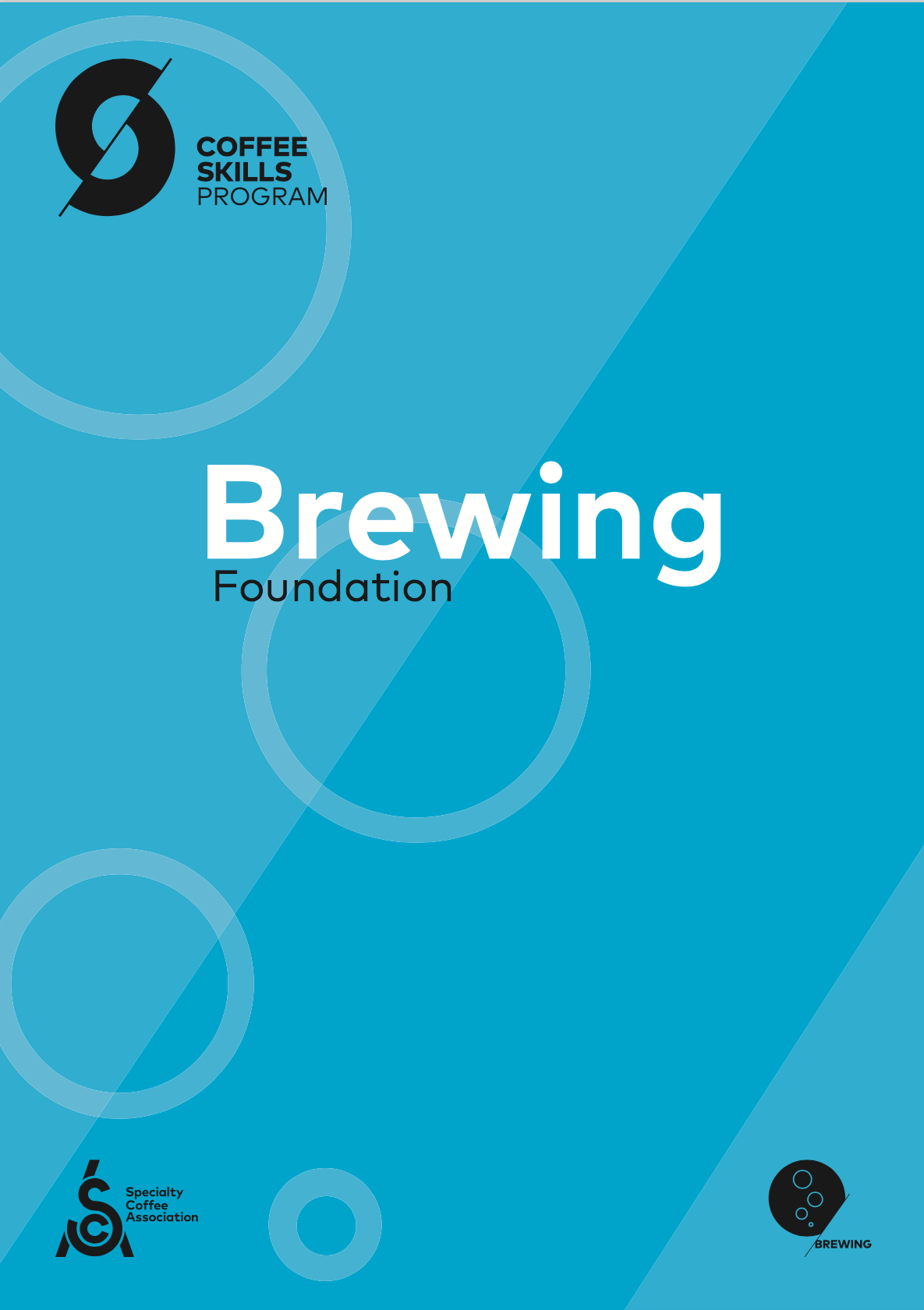In a new effort to document and record the many learning objectives and skills required to complete your SCA Training Certifications - we will post a series of audio and video recordings with documentation to guide you in your path to becoming an SCA Master.
Click to Course > > >
Brewing Foundation Course Notes
INTRODUCTION TO COFFEE
The origins of coffee as the fruit of different species of coffee tree
Identifies Arabica and Robusta and recognizes the coffee tree and cherry
The process of getting coffee from the farm through to the final drink
Explains journey of coffee, specifically that coffee is picked, the beans are extracted from the fruit and then eventually roasted and brewed
Two main coffee species: Arabica and Robusta. The flavor profiles of both species and ability to differentiate Arabica and Robusta in a taste test
BREWING GUIDELINES - STRENGTH & EXTRACTION
The definition of strength versus extraction
Explains the concentration of coffee in the cup (strength) compared to dissolved coffee from the bean (extraction)
WATER TO COFFEE RATIO
A sufficient amount ground coffee is required, per liter of water, to make a high-quality cup of coffee. This is defined as the Gold Cup or Golden Cup standard: 50+grams /±55 grams per liter
Identifies the correct ratio of coffee to water required to produce Gold Cup standard coffee
The quantity of coffee commonly to make a single espresso
Identifies the correct quantity of coffee grams for a single espresso used is 7 – 10g
This is dependent on personal choice, culture and the coffee used
GRIND SIZE
Grind size affects the rate of extraction (based on surface area) and the speed water can flow through the coffee bed
Identifies the appropriate grind texture for espresso, paper filter and French press (cafetiere)
The time the water is in contact with the coffee is mainly a function of grind size
Explains why each grind size is appropriate
BREW TIME
The amount of time the water is in contact with the coffee will allow different quantities of solids to be dissolved. This results in different brew times for different brew methods and volumes
Describes the amount of time for the following:
Filter Coffee (1ltr/32oz +) 4-6 minutes;
Single cup filter 1-3 minutes,
Espresso 20-30 seconds
WATER TEMPERATURE
The correct water temperature is required to dissolve the desired flavors from the ground coffee. This range is 92 - 96C/195 - 250F
Defines the correct temperature range for water used to brew coffee
BREW TURBULENCE
An increase in turbulence of the water in contact with the coffee will increase extraction
Demonstrates how to use turbulence in different brewing methods as appropriate
WATER QUALITY
Water quality varies in different regions and this can affect brew quality and machine function.
Demonstrates understanding of the existence of hard and soft water and limescale Explains that water may have unwanted taints/odors
FILTER METHOD
Different filtering methods: paper, cloth, espresso basket, metal filter
Identifies different filter methods and their characteristics and storage requirements
PRESSURE
The relationship between pressure brewing and impact on time and grind size
Describes the impact of an increase in pressure on the rate of extraction
COFFEE STORAGE
Storage of coffee must manage the following which affect the freshness of coffee: temperature extremes, moisture and light
Explains the factors that adversely affect coffee freshness
CLEANING
Cleaning (or not cleaning) brewing equipment has a direct impact on the taste of coffee
Demonstrates correct equipment cleaning procedures
HOT HOLDING
The breakdown in coffee aroma and taste over time, caused by the loss of temperature and/or evaporation
Tastes and discusses three reference brews that have been held under varying conditions and times
BREWING METHODS AND EQUIPMENT
The differences between the following brewing methods: Immersion, Gravity, Pressure
The range of different equipment used for brewing coffee
Demonstrates the correct use of each method of brewing (immersion, gravity, automatic filter brew, pressure) using the correct grind profile and brewing recipe
Demonstrates the correct use of brewing skills on the equipment that is available
Knowledge of the correct use of available brewing equipment that uses immersion, gravity and pressure brewing
